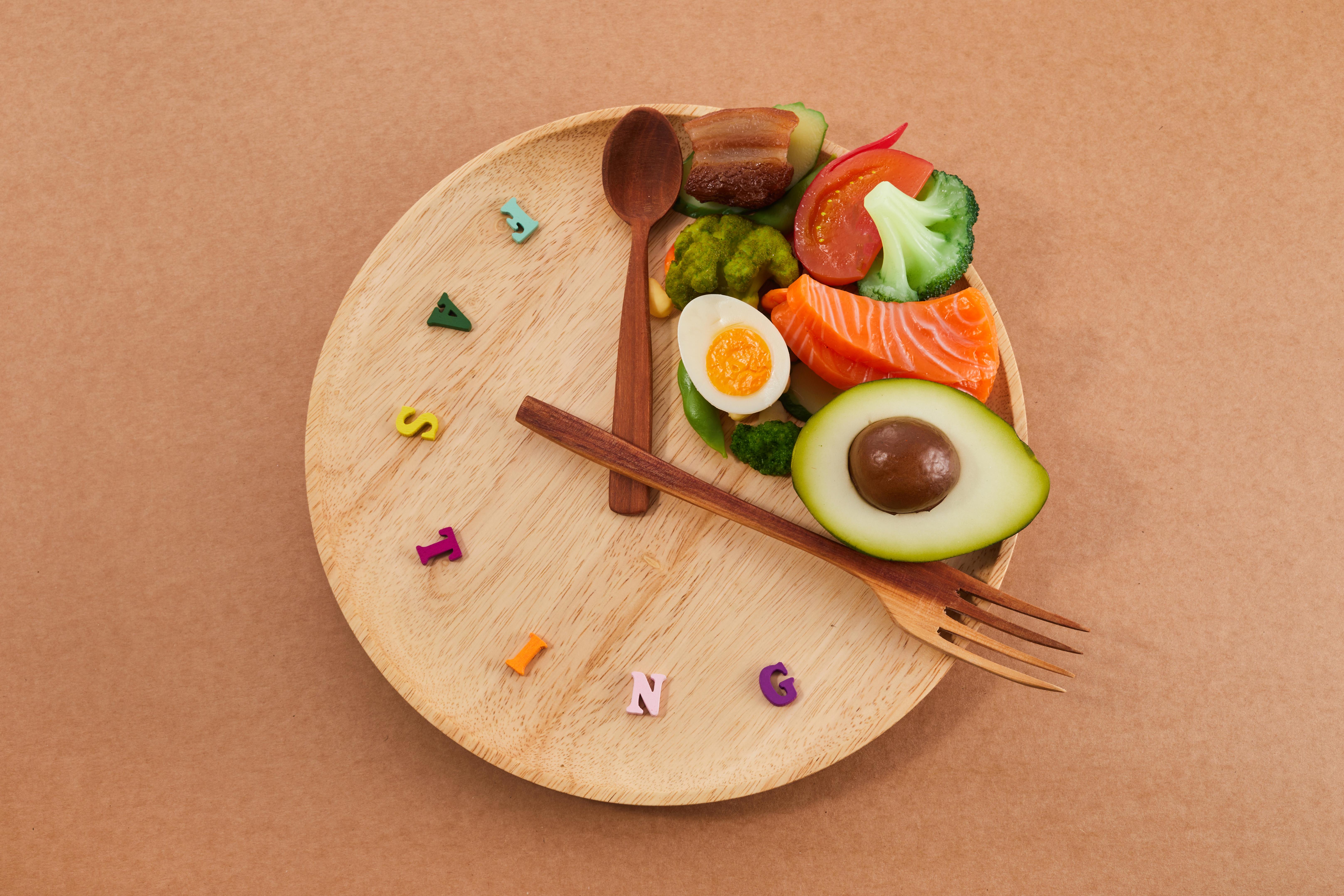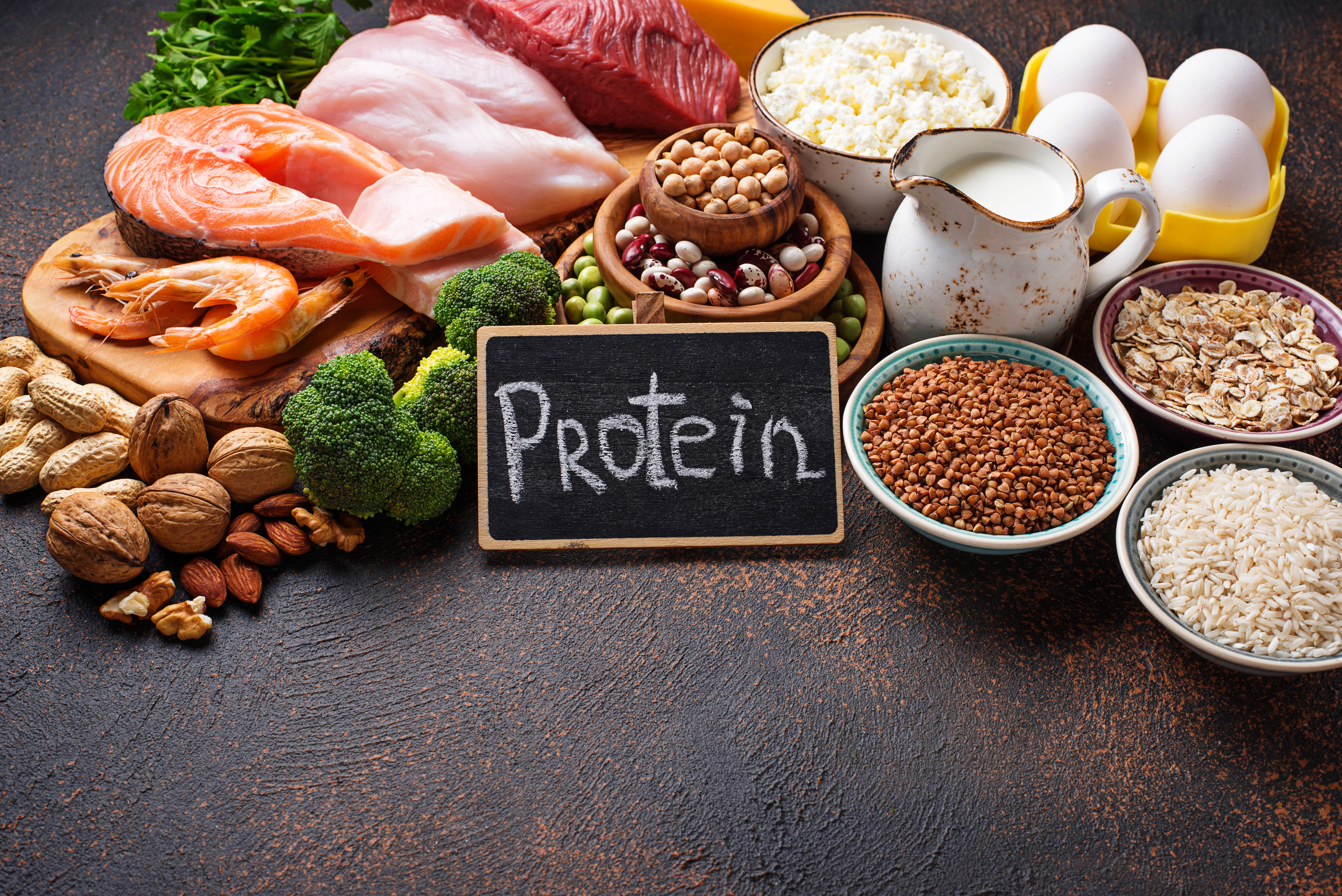10 Delicious Foods to Help You Achieve a Flatter Stomach
Embarking on the journey to a flat stomach often conjures images of rigorous workouts and strict diets. However, the path to achieving a trim waistline can be both delicious and satisfying when approached through a culinary lens. The ultimate culinary pathway to a flat stomach is not about deprivation but about making informed and enjoyable food choices. This journey is rooted in understanding the nutritional value of foods, portion control, and the art of creating meals that are as pleasing to the palate as they are beneficial to the body. By focusing on ten strategic and delectable steps, this guide aims to transform your relationship with food and your body, promoting a healthy lifestyle that is sustainable and rewarding. Each section of this article will delve into a unique aspect of this culinary journey, offering practical tips, scientific insights, and mouth-watering recipes that will guide you to a flatter stomach without sacrificing flavor.
1. Understanding Metabolism and Nutrient Timing

Metabolism plays a pivotal role in how our bodies process food and burn calories. Understanding the mechanics of metabolism can significantly influence how we approach our diet for a flatter stomach. Metabolism is the process by which your body converts what you eat and drink into energy. Even at rest, your body needs energy for functions such as breathing, circulating blood, and repairing cells. The rate at which your body uses energy for these basic functions is known as your basal metabolic rate (BMR). By eating strategically, you can optimize your metabolism to work more efficiently. Nutrient timing is another critical component in this equation. Eating at the right times can enhance your metabolism and improve energy levels throughout the day. For instance, starting your day with a balanced breakfast can kickstart your metabolism and prevent overeating later. Consuming protein-rich snacks between meals can also keep your metabolism active and prevent muscle loss. By understanding and implementing nutrient timing, you can create a dietary pattern that supports a healthy metabolism and contributes to a flatter stomach.
2. The Power of Protein

Protein is a macronutrient that plays a crucial role in building and repairing tissues, making enzymes, and supporting immune function. For those seeking a flat stomach, protein is particularly beneficial as it aids in weight loss by increasing satiety and reducing overall calorie intake. High-protein diets have been shown to boost metabolism, as the body uses more energy to digest protein compared to fats or carbohydrates. This process, known as the thermic effect of food, can help you burn more calories even at rest. Incorporating protein into every meal can help maintain muscle mass during weight loss, which is essential for a toned appearance. Lean sources of protein such as chicken, fish, tofu, and legumes should be staples in your diet. Additionally, plant-based proteins like quinoa and chia seeds offer versatility and added nutrients. By prioritizing protein, you can enjoy a variety of delicious meals that support muscle maintenance and fat loss, paving the way to a flatter stomach.
